Proliferation of Mindfulness Apps
Who would have thought that a meditation app would be worth a quarter of a billion dollars? Now, there are two.
This week, we learned that Calm is raising $25 million at a valuation of $250 million. Headspace has already raised several rounds of financing, securing over $75 million with a valuation estimated at around the same level as Calm.
As I learned of this news, I had many conversations this week with other entrepreneurs who are wanting to launch their own mindfulness apps. There are now hundreds, if not thousands of these apps. It leads me to a wonder, how many mindfulness apps do we need and how does the future look for them?
Many of the investor decks I review for meditation apps have similar premises. They show a growing need to confront societal stress or other health issues, have interest in spreading mindfulness, and possess research that seems to indicate that mindfulness can be helpful in many ways. After I glance over these slides in company investor presentations, I’m interested to learn what these entrepreneurs see as their company’s unique point of difference.
I was struck by two conversations I had this week after viewing presentations. The entrepreneurs asked me what I thought their point of difference was. It’s a good question. However if an entrepreneur is asking that question without conviction of what is wholly different and unique and setting them apart in the marketplace, they are not likely to be successful in a saturated field.
The trends on which I see apps focussing include: specific teachers, targeting health conditions, adding new features that others don’t currently have, and segmenting target audiences. And, some think their scientific credentials might be better than others.
One of my concerns is the number of entrepreneurs who have gone on a meditation retreat or had a recent transformative experience and are now attempting to change the world with another new mindfulness app. I’m much more interested when an entrepreneur has had a deeper and longer experience with the practice. And, I am listening for how these entrepreneurs have actually integrated the practice into their lives.
While I wonder what the future of mindfulness apps may be, I increasingly tell people:
If you’re launching a mindfulness app around a teacher, use a platform instead. We like Insight Timer (and we are investors in the company) . It’s a great place for teachers to be able to share their wisdom and insights.
If you are an entrepreneur who believes you can launch a mindfulness app to compete with well-funded brands, I wish you luck. And, I believe it will be very difficult to succeed.
If you’re an entrepreneur that wants to create an app that’s targeted and build a smaller business where you don’t need to raise a lot of investment capital, there are opportunities to do that. It could be that there are several smaller apps in the future that generate $300,000 to $500,000 per year without needing to raise millions in outside capital while providing good wages and payouts for the owners.
The science of meditation does not prove the science of your app.
Althought I continue to speak with entrepreneurs about these apps, I am more and more skeptical that new entrants can be successful. I still believe it’s possible a new and fresh approach could either succeed or could be added to a larger platform.
Congratulations to Alex Tew and the team at Calm on the fundraise (we are not investors in Calm but I’ve always liked their product — we are investors in Headspace). In the end, it appears as if there is still a lot of excitement in the investment markets to support unique and differentiated mindfulness apps.
